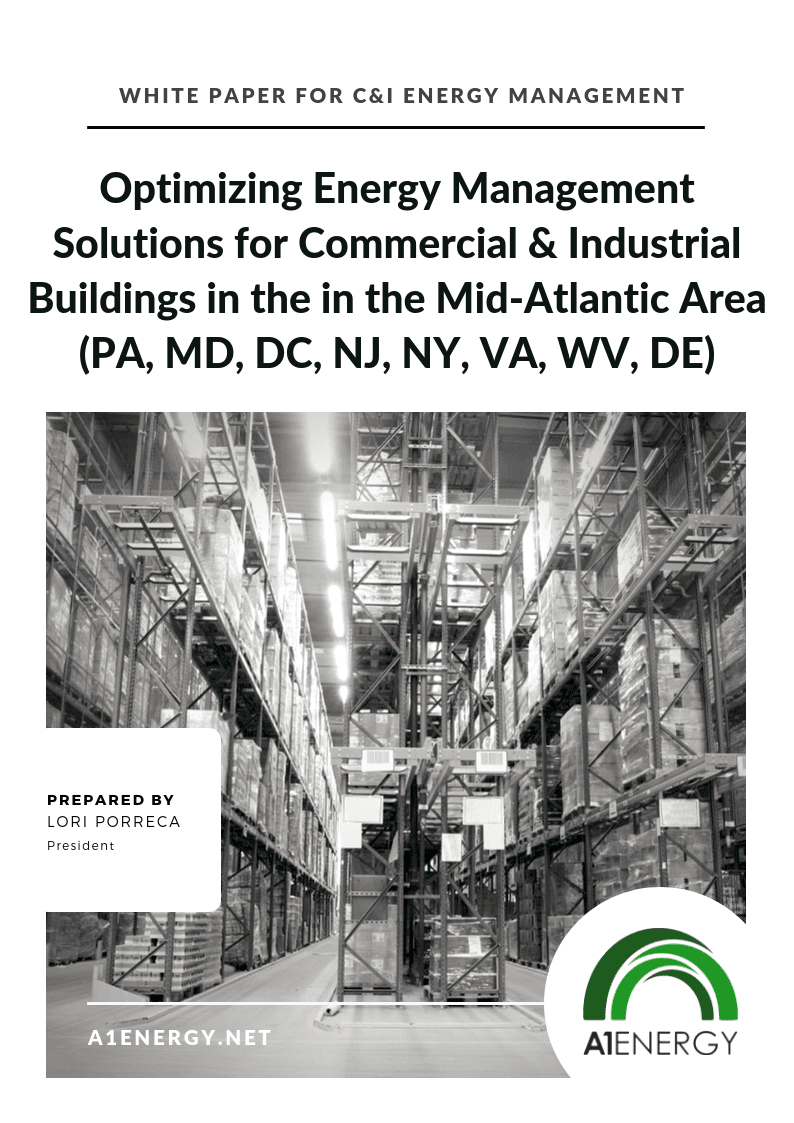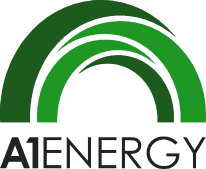
As global market pressures and energy volatility continue to grow, new ways of operating mean implementing energy-conscious building management. To address economic and environmental concerns related to growth in productivity, adopting new ways to build energy management will help secure future growth, success, and help businesses stay market competitive.
Commercial buildings are responsible for nearly half of all total energy consumption in the United States. And, when it comes to saving energy and money, commercial buildings have a lot to offer. From lighting to heating and cooling systems, a well-maintained building can help you save on utility bills every month.
To combat these concerns and hedge bets for a secure energy future, commercial and industrial building managers and owners are seeking optimized energy solutions, that include energy efficiency, strategic purchasing, and on-site energy generation.
What is Energy Optimization?
Energy optimization is a term that has been used for the past few years to describe a shift from traditional energy-saving measures to more holistic approaches designed to cut costs and reduce consumption.
In its broadest sense, energy optimization encompasses all energy-related tasks, including consumption, forecasting, supply management and overall energy use. In practice, this means that companies are looking for ways to use energy more efficiently in as many parts of the business process as possible. This is a much more comprehensive definition than it used to be - and it's an approach that businesses will need to adopt if they want to keep up with the ever growing demand for more sustainable energy use.
How to Get Started With Your Energy Optimization Plan
Companies are investing in energy optimization strategies to save money, green their operations and reduce their carbon footprints. It’s a win-win for everyone, but where do you even start?
The first step is to conduct a comprehensive energy analysis, or energy audit, during which you will be able to identify areas where you can make the most significant impact with your funds. The second step is to develop a plan to implement the identified strategies and measure their effectiveness over time. You should also look into your short-term and long-term goals and determine what measures need to be taken right now and in the future.
Your next step is to choose the right technologies for your system. This is when an energy consultant comes in handy.
Our Approach to Energy Optimization
A1 Energy guides C&I building decision makers in the Mid-Atlantic Area on developing this comprehensive approach to their facility’s energy optimization, to become better, more effective energy managers. The team takes their extensive energy finance knowledge and develops a strategic and customized energy management approach, tailored to each facility’s needs.
Since every facility has a unique set of circumstances, there is no template for energy optimization. What can be understood are the three significant areas every C&I building energy manager must carefully analyze in accordance to their facility’s unique set of circumstances.
Our President, Lori Porreca, recently addressed this three-pronged approach to energy optimization in a white paper. The white paper which walks building managers through the areas necessary to understand within an educational framework, which once understood, can be applied to any C&I building energy optimization scenario. Here is a brief introduction to the three-pronged approach that every energy manager should consider.
1. Energy Efficiency is one of the first areas building owners must analyze to understand how and where building energy improvements may lie. Getting a handle on audits, benchmarking, current energy profiles, and creating plans for efficient LED lighting retrofits, can help leverage those immediate energy opportunities. This is where many federal, state, and municipal programs, such as rebates for commercial and industrial buildings will be found.
2.Strategic Energy Purchasing is vital in the process of energy optimization. Professional energy procurement services help C&I management teams identify their best strategies, lock down the best energy contracts with the most appropriate energy suppliers for their needs. Energy procurement requires a complete understanding of a facility’s energy demand through energy market monitoring, analyzing where energy peak load can be reduced, overseeing suppliers, contracts and knowing the best contracts to negotiate for the best results. Reducing energy bills via expert procurement can help shift funds toward future projects like Solar PV, the final step toward energy stabilization and optimization.
3. On-site Energy Generation requires in-depth analysis and feasibility studies for on-site energy generation solutions that help with cost control and energy independence. Relying solely on external energy supplies is increasingly risky. Zero Capital and Power Purchase Agreement (PPA) models have now opened the floodgates for energy options such as Solar PV and Combined Heat & Power Systems (CHP) implementation without upfront capital costs for infrastructure installation.
For building owners, this guide will help you identify the best solutions for your commercial or industrial property. Lori Porreca has delivered this insight just for Energy Managers, CEOs, Facility Managers, and anyone involved in energy decision making. We'll walk through the energy optimization process step-by-step with you to ensure that no detail is left unaddressed. It’s time to make the right energy decisions for your facilities.

ENERGY OPTIMIZATION WHITE PAPER
Check out this white paper to get energy optimization insights for your commercial or industrial facility.
